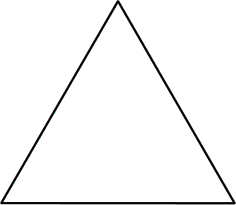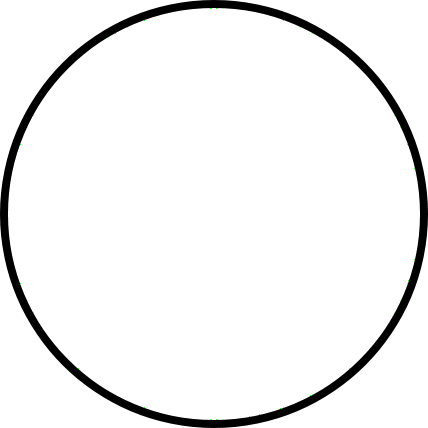01 OCT 2022 by ideonexus
 Third place
Third place
Oldenburg calls one's "first place" the home and the people the person lives with. The "second place" is the workplace—where people may actually spend most of their time. Third places, then, are "anchors" of community life and facilitate and foster broader, more creative interaction.[1] In other words, "your third place is where you relax in public, where you encounter familiar faces and make new acquaintances."[2]
Other scholars have summarized Oldenburg's view of a third place with eight...Folksonomies: community
Folksonomies: community
10 MAR 2017 by ideonexus
 Gamification Stock Holding Mechanic
Gamification Stock Holding Mechanic
Mrs. Lazarus has some experience with games such as this and decides to construct a blank environment (a planet without biomes) with a 10 × 10 grid, thereby creating a board with 100 squares. Before play, each student is given three different animals or plants (one with a broad tolerance for several different habitats, one that is a bit more particular, and one that is very fussy indeed). The players then use their numbered tiles and shares to shape and manipulate this blank environment to t...Folksonomies: education gamification
Folksonomies: education gamification
10 MAR 2017 by ideonexus
 Changing Focus from Teacher to Learning in Education
Changing Focus from Teacher to Learning in Education
Most theories of teaching and learning take a particular stance on the role of the teacher and the relative importance of the teaching act, in contrast to the role of the learner and the learning act. This fundamental division splits the world of educational theory into two clear schools of thought. In the first—more ancient—school, it is the authority of the teacher that takes pride of place. The teacher is seen as a master or wise one who possesses knowledge and who, through the act of ...13 APR 2011 by ideonexus
 A World made by Atomes.
A World made by Atomes.
SMall Atomes of themselves a World may make,As being subtle, and of every shape:And as they dance about, fit places finde,Such Formes as best agree, make every kinde.For when we build a house of Bricke, and Stone, [5]We lay them even, every one by one:And when we finde a gap that's big, or small,We seeke out Stones, to fit that place withall.For when not fit, too big, or little be,They fall away, and cannot stay we see. [10]So Atomes, as they dance, finde places fit,They there remaine,...Margaret Cavendish's 1653 poem on the nature of atoms,




